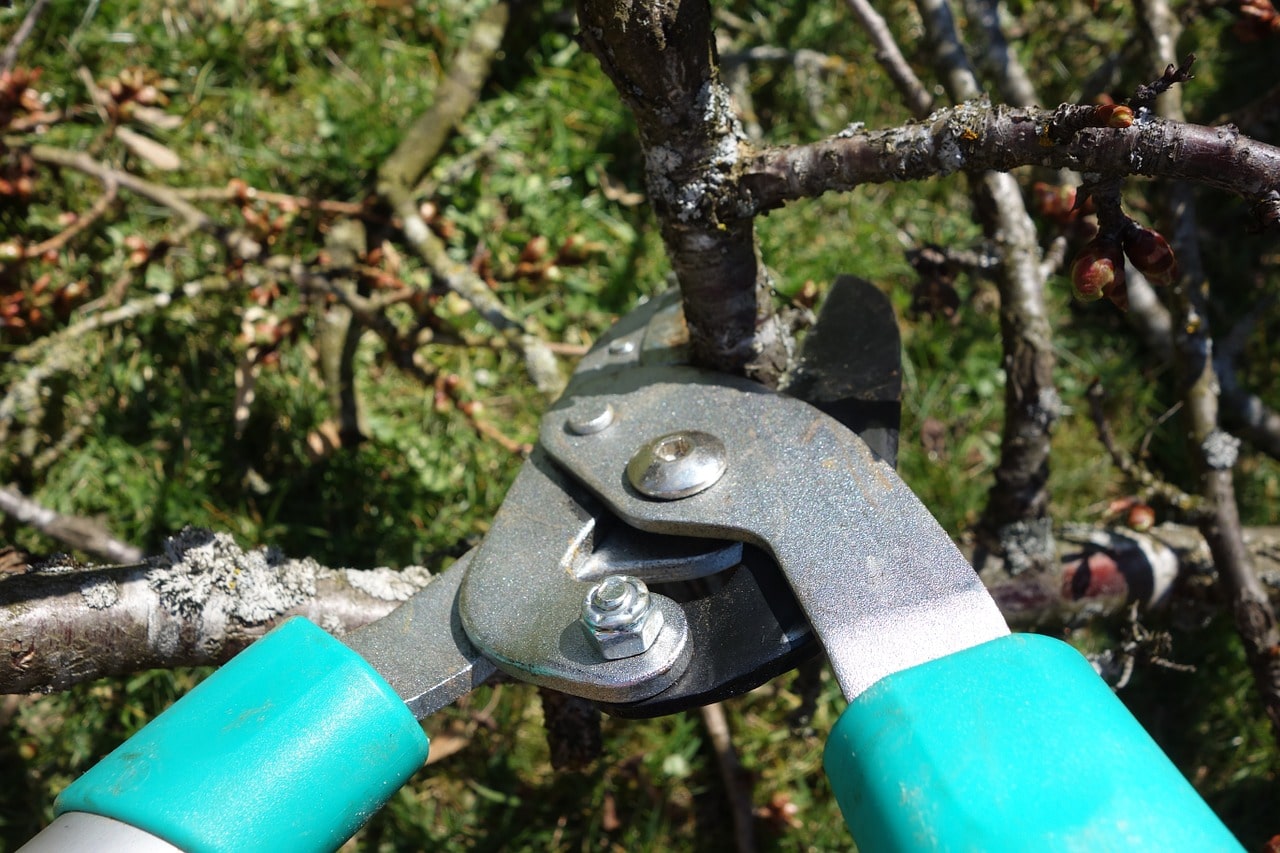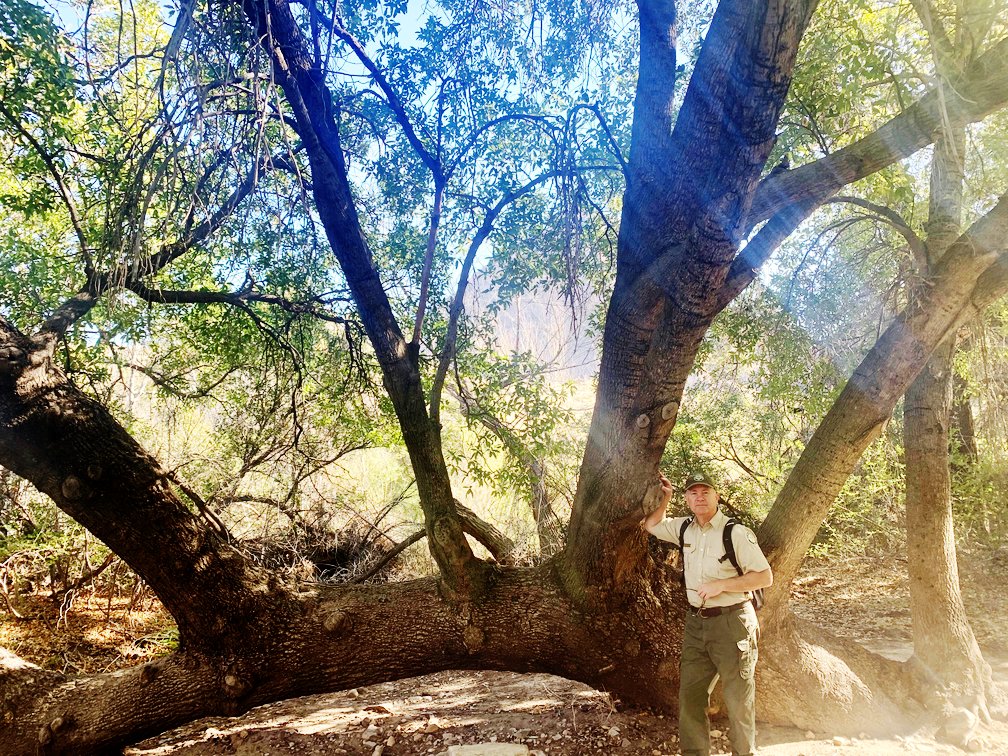
Your Fort Worth home has great trees. Maybe you planted them yourself and have had the pleasure of watching them grow and mature, or you inherited them from a previous owner. Either way, you want to keep them in good shape.
Fortunately, the most commonly found trees in Fort Worth are hearty. And if you know these basic tree care tips, you can easily maintain them and prevent the things that can plague them – and your yard.
Here are the basic rules of the road to follow for Forth Worth tree care:
1: Prune Your Trees
Regularly pruning your trees is essential. This allows the sun to filter through to lower limbs, improves airflow, and it helps to remove any dead or diseased branches. Pruning also reduces the risk of accidents happening. If a storm blows through Fort Worth and brings along strong winds, weak limbs could break and cause damage to your home or vehicle. Depending on the type and size, tree pruning is something you could do yourself, or you may need to call in a professional for help.
2: Tend to the Roots
In Fort Worth, many homes have big, beautiful trees. The problem is that as some species of trees grow, they can potentially outgrow the yards that they are in. As these trees roots grow, if they are in a tight space, they can become cramped and wrap around the tree. Eventually, these roots will girdle the tree’s trunk and stunt its growth. But the problems don’t stop there. These curled roots can kill the tree, and, if your home is close to the tree, the roots can even damage your foundation. The remedy is careful pruning of the roots.
3: Mulch (Properly)
Fort Worth summers are hot and dry, and winters can get really cold. Mulching your trees protects them from these elements by providing a buffer. In winter months it serves as a sort of “blanket” to shield them from freezing temperatures. And in the summertime, mulching helps retain moisture, so your tree roots stay warm. Mulching your trees also helps prevent weeds from springing up and competing for the moisture and nutrients in the soil.
Texas A&M Agrilife suggests you keep mulch at 2-4 inches in depth and 5 inches away from the base of the tree.
4: Water Wisely

Different types of trees require different care. Some trees need a regular watering schedule, while others can withstand seasons of drought, such as the live oak. As Fort Worth Regional Forester Courtney Blevins of the Texas A&M Forest Service shared with us, “I think live oak is beautiful and the toughest tree we’ve got … Nothing handles drought like a live oak.”
But even with any type of tree, you can overwater. And this excess moisture can cause fungal disease. So know your tree and how much water it needs. If you are in doubt, check with a local nursery or tree professional.
5: Look for Signs of Trouble
Like anything else that is living, trees can be susceptible to disease and other issues that could impact their health – like a pest infestation. That’s why it is important to regularly assess your trees’ health and look for signs of trouble. If something doesn’t look right, do your research or seek professional help. There are remedies to many of the issues that we see in Fort Worth.
For example, the dreaded emerald ash borer, a pest that is wreaking havoc on ash trees in Eastern and Midwestern states – and slowly making its way down south. According to Courtney, “Emerald Ash Borer (EAB) has recently been found in Fort Worth. It’s an invasive insect that can eventually kill every ash tree we have. Trees can be protected with chemical injections.”
Common Fort Worth tree issues
Other common issues in Fort Worth to look for include:
- Oak wilt. This disease impacts different types of oaks with browning leaves, dropping leaves, and, if left untreated, death.
- Fire blight disease. This is a bacterial disease that mainly impacts fruit trees, especially pear and apple by causing the foliage and blooms to blacken.
- Bacteria leaf scorch. This disease spreads via insects and scorches leaves. Elms, sycamores, boxelders, and oaks are all susceptible to it.
- Hypoxylon canker. Unfortunately, this fatal disease is common in Fort Worth and impacts oaks, pecan trees, elms, and sycamores. It happens during times of drought and is identifiable by branch dieback that resembles the antlers of a stag.
Keep Up Your Routine
While trees do require some maintenance, they really aren’t that “needy” compared to other plants and vegetation that you might use in your yard. The best way to keep up is to simply make it a routine to prune, water, mulch, and assess them on your calendar. Keep up with these basic care tips to keep your trees in good health all year long.